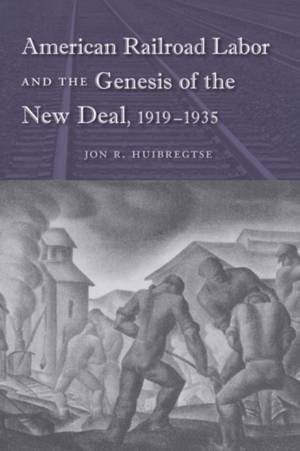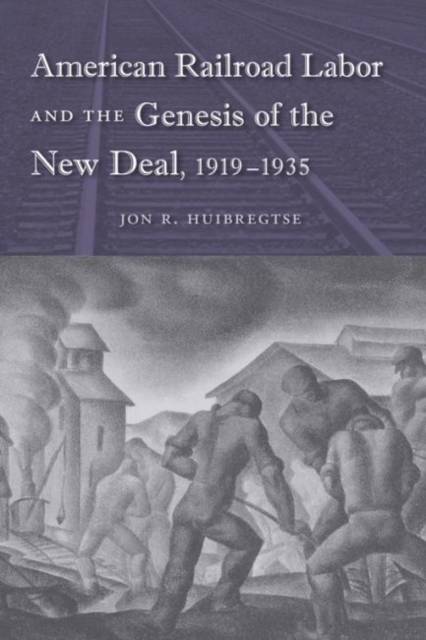
- Afhalen na 1 uur in een winkel met voorraad
- Gratis thuislevering in België vanaf € 30
- Ruim aanbod met 7 miljoen producten
- Afhalen na 1 uur in een winkel met voorraad
- Gratis thuislevering in België vanaf € 30
- Ruim aanbod met 7 miljoen producten
American Railroad Labor and the Genesis of the New Deal, 1919-1935
Jon R HuibregtseOmschrijving
"Gauges and measures how railroad labor unions emerged from the World War I experience stronger and more vitally interested in improving their members' lives. Captures how well the railroad unions embarked on a path of reforming retirement systems and social security."--Colin J. Davis, University of Alabama, Birmingham
"Makes an interesting argument that the leadership of the railroad unions, primarily the operating crafts, were leaders in the development of labor law and social policy that predates the founding of the CIO."--Mark A. Crouch, labor educator
American historians tend to believe that labor activism was moribund in the years between the First World War and the New Deal. Jon Huibregtse challenges this perspective in his examination of the railroad unions of the time, arguing that not only were they active, but that they made a big difference in American Labor practices by helping to set legal precedents.
Huibregtse explains how efforts by the Plumb Plan League and the Railroad Labor Executive Association created the Railroad Labor Act, its amendments, and the Railroad Retirement Act. These laws became models for the National Labor Relations Act and the Social Security Act. Unfortunately, the significant contributions of the railroad laws are, more often than not, overlooked when the NLRA or Social Security are discussed.
Offering a new perspective on labor unions in the 1920s, Huibregtse describes how the railroad unions created a model for union activism that workers' organizations followed for the next two decades.
Jon R. Huibregtse is professor and chair of the history department at Framingham State University.
Specificaties
Betrokkenen
- Auteur(s):
- Uitgeverij:
Inhoud
- Aantal bladzijden:
- 190
- Taal:
- Engels
- Reeks:
Eigenschappen
- Productcode (EAN):
- 9780813041698
- Verschijningsdatum:
- 15/04/2012
- Uitvoering:
- Paperback
- Formaat:
- Trade paperback (VS)
- Afmetingen:
- 152 mm x 229 mm
- Gewicht:
- 290 g

Alleen bij Standaard Boekhandel
Beoordelingen
We publiceren alleen reviews die voldoen aan de voorwaarden voor reviews. Bekijk onze voorwaarden voor reviews.











